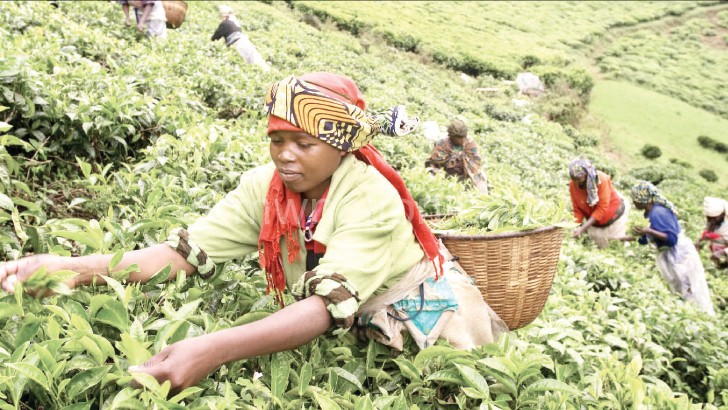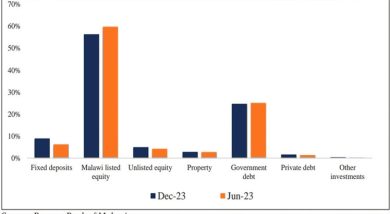Slowing global growth effects poor countries
Low-income developing countries have seen weakened external conditions over the past eighteen months, but the net impact has varied significantly across these countries, according to a new study by the International Monetary Fund (IMF).
While all of the 60 IMF member countries classified as low income countries have been affected by slowing global growth, the key shock has been the dramatic drop in commodity prices over the past eighteen months.

The report says while commodity-dependent exporting countries (especially oil exporters) are being adversely affected, countries that are more diversified in their exports have benefited from lower prices and continue to record robust growth.
The report Macroeconomic Developments and Prospects in Low-Income Developing Countries: 2015, analyses recent events and looks at the near-term prospects for this group of countries, almost all of which are eligible for concessional IMF financing.
“While the global economic environment has weakened, especially in regard to commodity prices, the effects on low-income countries has varied with differences in country-specific exposures and domestic policy conditions,” said Seán Nolan, deputy director of the IMF’s Strategy, Policy, and Review Department who oversaw the production of the report.
“Policy responses need to be tailored to country circumstances,” Nolan emphasised.
Hardest hit by low commodity prices are commodity exporters, particularly oil exporters, with growth, on average, set to decline from 5.7 percent in 2014 to three percent in 2015.
By contrast, countries less dependent on commodities for export revenues, and that have benefited from lower fuel bills, for example, are expected to see growth as high as six percent in 2014/15.
The study shows a diverse picture when looking at the net impact of commodity price movements, even within country subgroups. While countries like Cambodia, Nicaragua, and Senegal have benefited, terms-of-trade losses are disproportionally high for some large oil exporters like Nigeria.
The report says economic vulnerabilities in low-income developing countries have increased steadily over the past two years, with some 40 percent of countries now deemed to be highly vulnerable to growth shocks, up from 25-30 percent in recent years and the highest level recorded since the global financial crisis.
Key drivers are the drop in commodity prices, which has led to weaker fiscal and external balances, along with the gradual erosion of policy buffers over time.
Diversified exporters have fared better than commodity exporters, but vulnerabilities are still rising in some cases.
The report emphasises the need for commodity exporters to adjust to what is expected to be an extended period of relatively low commodity prices and to strengthen fiscal and external positions over time.
Pointing to the tightening of financing conditions, the report sounds a cautionary message on tapping portfolio inflows.
“Countries that are increasing their reliance on access to external funding thus face an additional risk—shifts in the external environment—and need to place a high premium on maintaining solid economic fundamentals, including strong public debt management capacity,” the study says.—Imf





